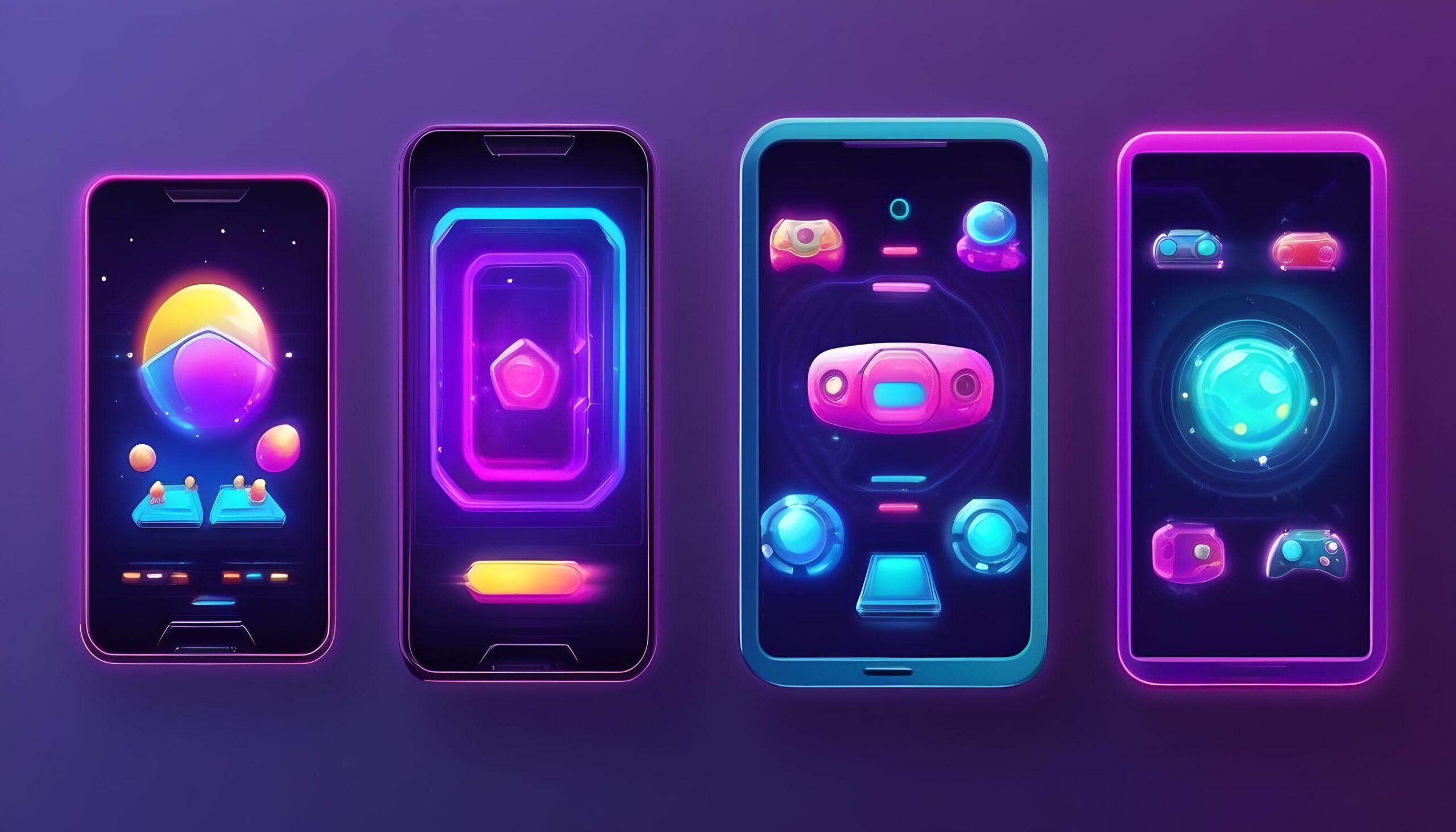
In the constantly changing realm of mobile gaming, it’s essential to keep up with trends and grasp the complexities of game development to achieve success. Moreover, as the demand for immersive experiences rises, developers need to adapt their strategies to meet the preferences of modern mobile gamers. This guide aims to delve into the essential elements and processes necessary to craft a thriving mobile game in 2024.
Popular Mobile Games in 2024
Examining the top games that are enthralling players worldwide is essential to gaining an understanding of the state of the mobile gaming industry today. Several books have reached the top in several genres in 2024:
- Hyper-casual games: Titles like “Stack Jump” and “Endless Run” have attracted millions of players with their rapid game sessions and straightforward gameplay, which has allowed them to remain dominant in the market.
- Strategy and simulation games: Fans of long-term progression and strategic decision-making in games like “Clash of Clans” and “SimCity BuildIt” still play these titles.
- Augmented Reality (AR) Games: Titles such as “Pokemon GO” and “Jurassic World Alive” leverage advancements in AR technology to provide immersive experiences, blending virtual elements with the real world. This approach entices players to explore and interact with their surroundings in innovative ways.
- Role-Playing Games (RPGs): Story-driven RPGs like “Genshin Impact” and “Final Fantasy Brave Exvius” captivate players with rich narratives, extensive gameplay mechanics, and opportunities for character customization, creating immersive and engaging experiences.
Key Features of Popular Mobile Games
Common elements seen in successful mobile games help to explain their appeal and degree of player engagement. Among these characteristics are:
- First of all, smooth gameplay for players of all ability levels is ensured by intuitive controls, such as streamlined, understandable, and responsive mechanisms.
- Furthermore, social integration improves the whole experience by enabling players to interact with friends, compete, and work together within the game environment.
- Furthermore, players are encouraged to keep playing and explore the game with well-thought-out progression systems that feature achievements, awards, and unlockable material.
- Additionally, the deft use of in-app payments for cosmetics, upgrades, and virtual items gives users choice methods to improve their gameplay experience.
- Furthermore, frequent updates and the addition of new content retain the player’s interest in the game and take care of any problems or criticism.
Mobile Game Business Model Canvas
Outlining the business plan for your mobile game is crucial before you start developing it. The following elements are included in the Mobile Game Business Model Canvas:
- Client Groups: Determine who your game’s target market is by looking at their tastes, gaming habits, and demographics.
- Sources of Income: Ascertain the main revenue streams, which may include premium game purchases, in-app purchases, advertising, or subscription models.
- Important Resources: Enumerate the skills, technology, tools, collaborations, and talent needed for game creation.
- Cost Structure: Compute the price of game creation, marketing, server infrastructure, maintenance, and continuing support.
Steps of Creating a Mobile Game
Let’s now dissect the process of crafting a successful mobile game into distinct phases:
- Purpose
Establish the fundamental concept and objectives of your game, encompassing its genre, theme, target audience, and distinctive selling propositions.
- Discovery Phase
Initiate comprehensive market research to dissect trends, competitor offerings, player inclinations, and potential monetization strategies. This stage also entails brainstorming sessions to refine the game concept in alignment with market insights.
- Feature Set
Specify the pivotal features, mechanics, and gameplay elements that will set your game apart from competitors and offer an immersive player experience.
- Prototyping
Develop prototypes or mock-ups to visualize the game mechanics, user interface, and overall gameplay flow. Prototyping facilitates iterative testing and refinement of concepts before embarking on full-scale development.
- Development
Execute the game mechanics, artwork, animations, sound effects, and other assets by defined specifications. This phase encompasses coding, artwork creation, level design, and integration of various components.
- Testing and Quality Assurance (QA)
Undertake rigorous testing to detect and rectify bugs, glitches, and gameplay issues. Quality assurance testing ensures seamless functionality across diverse devices and platforms, delivering a seamless user experience.
- Delivery and Support
Launch the game on prominent app stores (e.g., Apple App Store, Google Play Store) and bolster its visibility through targeted marketing campaigns, social media engagement, and other promotional channels. Additionally, provide ongoing support and updates to address player feedback, enhance performance, and introduce fresh content.
By adhering to these meticulously crafted steps and incorporating key features observed in popular mobile games, developers can sculpt a mobile game that resonates with audiences and achieves sustained success in the fiercely competitive mobile gaming landscape of 2024.
Conclusion
At Melior Games, we have refined our proficiency in delivering high-caliber game development solutions tailored to the precise specifications of our clientele. Our adept team of developers and artists is committed to exceeding client expectations by creating visually stunning games that evoke inspiration and enthrall players worldwide.
If you’re enthusiastic about materializing your mobile game concept, don’t hesitate to get in touch with us. Reach out today to commence a dialogue regarding your project and explore how we can unleash the limitless potential of mobile gaming in 2024 and beyond!




